Japanese Trading Card Games: A Guide To Collecting & Pokemon Card Prices
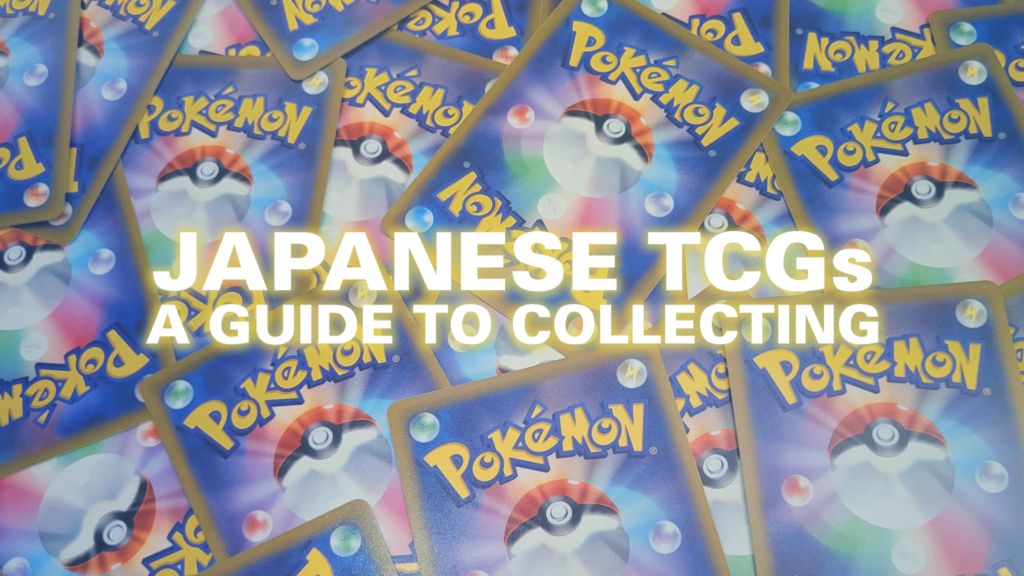
If you’re reading this, then there’s a good chance that you’re loosely familiar with the wide world of Trading Card Games, and perhaps even Japanese trading cards specifically. Perhaps you’ve already been in the scene for a while and are currently hunting for even rarer cards. Maybe you’re new to all this, and you’ve recently found yourself interested in diving into Pokemon, Yu-Gi-Oh!, Weiss Schwarz, the One Piece Card Game or something even more obscure. Whoever you are, we have wisdom to share with you.
Outside of learning the basic rules of play for your chosen TCG (Also known as CCG, which stands for ‘collectable card game’), there’s also a lot to learn about the art of collecting trading cards itself, as well as how to effectively acquire them. That’s why we’ve written this guide to lend a helping hand.
If you’re looking to expand or even complete a collection of cards from any given game, you’ll need to know some things about the secondary markets of popular TCGs to find the rarest cards. For many Trading Card Games that originated in Japan (and even some that don’t) the best way of enhancing your collection might involve buying directly from Japanese sources. The topic of Pokemon card prices can be confusing at first, especially when buying from Japan, but we’re here to help.
You might also want to learn about details like card rarities, the value of purchasing sealed products vs. single cards, and the best ways to track and store your collection. We’ve covered all of this in some detail below, so if you’ve been looking for the chance to get into collecting the rarest kind of cardboard, now’s the perfect time to get started.
Which Trading Cards Should You Collect?
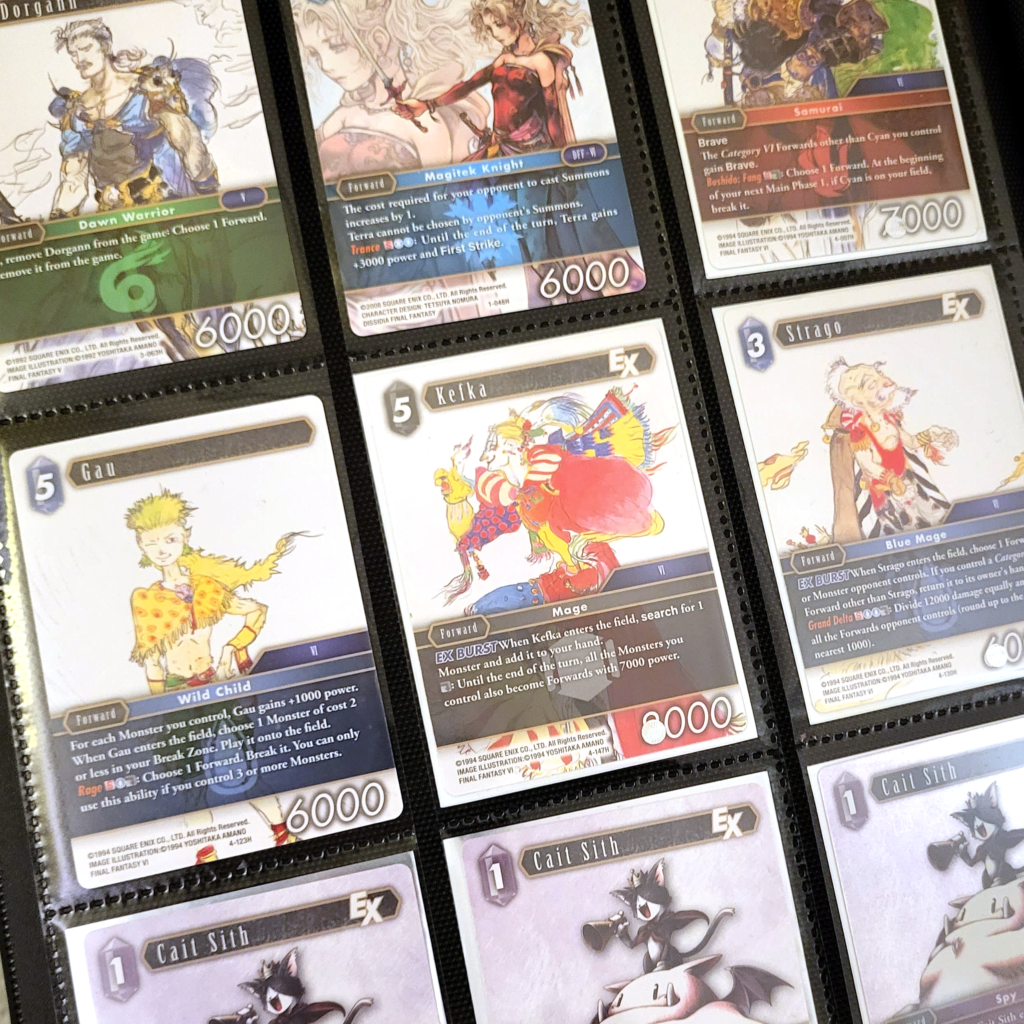
Trading Card Games remain eternally popular in the Japanese market. From the iconic Pokemon Trading Card Game to multi-franchise games like Weiss Schwarz, the industry of printing popular characters onto cardboard has never been more adored.
Internationally, interest in Trading Card Games in general saw a large increase from 2020 onwards, thanks in part to a trend of high-profile YouTubers and streamers getting into the game. In addition, staying at home during the early stage of the pandemic led to a general increase in collection-based hobbies, and card games saw a huge spike in sales. During this time across America and Europe, it wasn’t uncommon to see store shelves completely sold out of most Pokemon products.
The Pokemon TCG is as popular as it’s ever been, with incredibly regular set releases across the world. For each new set of Pokemon cards released, players are treated to hundreds more cards based on their favourite Pokemon from the iconic series. If you’ve ever loved the franchise and you’re looking for a card game to get invested in, Pokemon is an incredibly solid choice. The artwork on Pokemon cards is pretty consistently amazing, with some incredible designs for the rarest cards. In gameplay, it’s accessible, but can carry a lot of depth at the highest levels of play. In terms of collectibility, Pokemon revels in having an array of rarities, variants and special cards that are difficult to obtain. For this reason Pokemon card prices can fluctuate rapidly. If you’re looking to collect a card game, there’s really no better option.
Another one of the most popular games on the Japanese market is Yu-Gi-Oh! Not unlike Pokemon, the Yu-Gi-Oh! TCG began in the 90’s to capitalise on the success of the manga and anime series it’s based on, and has been fairly popular across the world ever since. Yu-Gi-Oh! mixes a variety of mythological, fantasy and sci-fi concepts to create its world, so you’ll encounter lots of different types of cards rendered in excellent artwork.
If you like the fantasy genre and want a card game with a huge amount of original artwork and designs, Yu-Gi-Oh! Is a worthy pick. As a game, it’s a bit more complex than Pokemon, with a large amount of mechanics and rules to remember, but if you take the time to learn it, it can be great fun. As a game to collect, it certainly has its charms – Konami regularly releases products designed to cater to the collector’s market. Collectors love Yu-Gi-Oh!
In terms of other Japanese Card Games, you also have a range of games based on licensed properties. One popular game in this genre is the multi-franchise card game Weiss Schwarz, which maintains popularity in Japan but isn’t as well known in the rest of the world. This game borrows characters from other popular series to form its pool of cards – Re;Zero, Persona, and Sword Art Online are just a few of the popular series included. This TCG is one that can be fun to collect and play in equal measure if you’re a fan of some of the series within it, owing to the novelty that you can build a deck that’s a dream team of your favourite heroes and villains. The cross-franchise nature also adds a collectible style to the game.
There’s also plenty of card games based on specific series, including more recent additions like the One Piece Card Game, Digimon Card Game or the Dragon Ball Super Card Game. These games tend to hold a lot of appeal for those dedicated fans of the series. If there’s an anime or a Japanese game series you like, there’s always the possibility that it may have already crossed over into the world of TCGs!
How To Collect Japanese Trading Cards
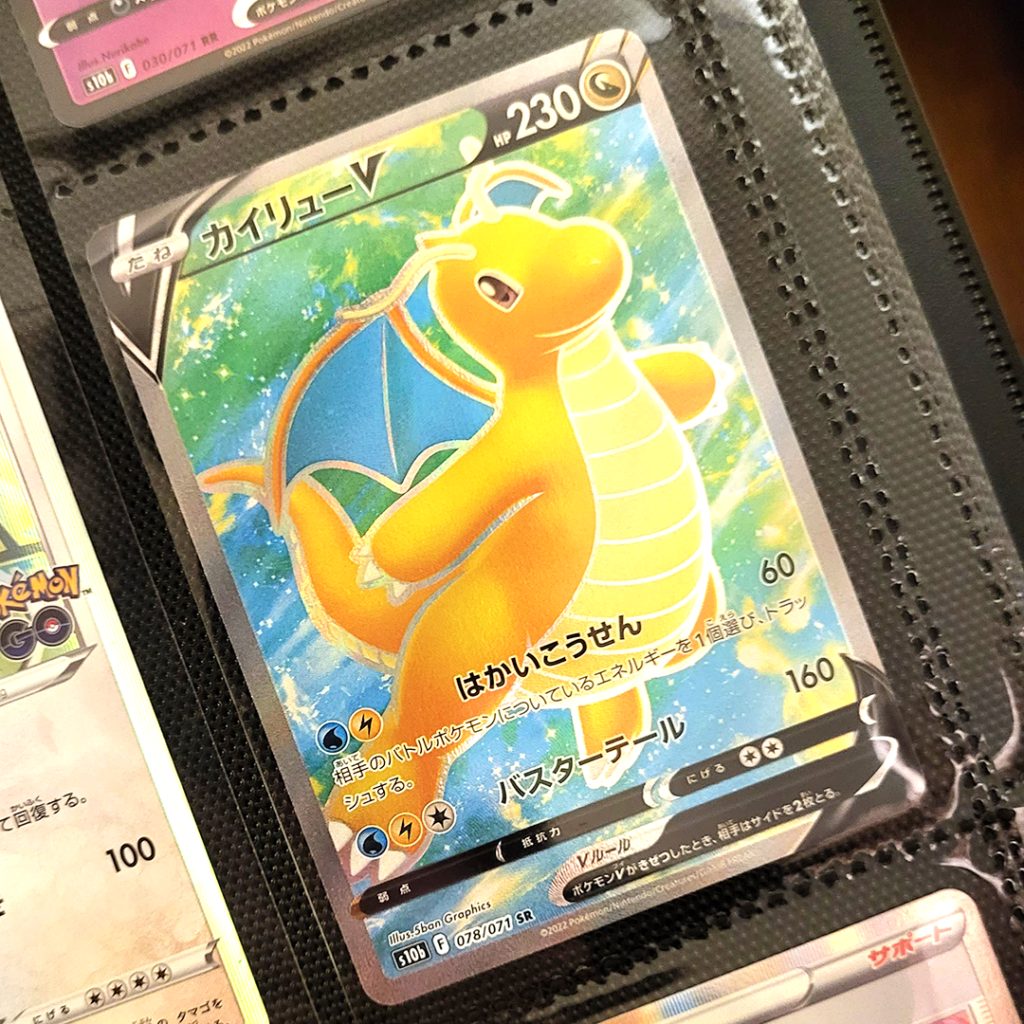
If you’re looking to start playing any particular game, you might want to purchase a product targeted at beginners such as a starter deck. Across almost every popular card game, products like these will be very common, and usually cater to people who are at the very beginning of their card game journey. Starter decks usually contain detailed rules for beginners, alongside new decks that feature basic cards.
Of course, if you’re only interested in the collection element, it doesn’t matter where you start, and you can also launch straight into buy Japanese language cards, if you want! You might want to start out buying sealed products like booster packs (usually sealed packs that contain somewhere between 5 – 12 randomly distributed cards) or if you’ve got money to spend, booster boxes (a box filled with a large number of booster packs). When you’re starting out, there’s a lot of appeal in cracking open packs to see what you’ll get, but for more seasoned collectors, the best method might be buying single cards.
In Japan, the secondary market for the sale of individual trading cards is huge. A whole retail industry thrives off of this practice, with high-street trading card shops following a player-driven economy that sets the boundaries for the prices of individual, valuable cards. The prices for single cards can vary massively depending on the cards perceived value and how recent it is. Common cards can be bought and sold for as little as a few cents, whilst cards of an average rarity may cost a few dollars. The top tier of rarity in any given card game may have cards worth hundreds or thousands of dollars in value! With pokemon card prices in particular, some of the rarest cards (like that aforementioned pikachu illustrator card) have been sold for upwards of 100,000$!
If you’re interested in rarity, each card game has a different system, but generally speaking – the rarest cards will look the best, be the hardest to obtain, and generally be similarly valued on the secondary market. In the Pokemon TCG, for example, card rarity includes the labels ‘common’, ‘uncommon’, ‘rare’, ‘ultra rare’ and even the elusive ‘secret rare’ (there’s also the ‘promo’ category, which can contain rare holo cards only given away at special events – hence the term promos ). As you can imagine, these labels are often based on the relatively scarcity of the card, in addition to the power of the card. Pokemon also has extra labels that communicate the card’s function, like EX, VMAX, VSTAR and more, and these can affect the rarity and value of a card as an additional modifier.
Yu-Gi-Oh Cards and Weiss Schwarz offer similar rarity systems. It’s fairly common for the rarest cards to add an additional visual element that mark their rarity. In Weiss Schwarz, for example, the rarest cards adds a signature from an associated voice actor on top of the rarest cards, which can be a really cool collector’s item for hardcore fans of a series.
In addition to the visual variations offered by the rarest cards, almost every popular TCG offers ‘foil’ or ‘holo’ cards – shiny versions of cards. These are usually more valuable than their non-shiny counterparts, but not necessarily rare. The frequency and value of holographic cards tends to vary from game to game, but rare holo cards can be highly sought after in their own right.
One extra way a card can gain value is by having its condition assessed by an external body. In most collection communities, this process of ‘grading’ a real card is trusted to the PSA, who assess the quality of a card’s condition and assign it a number value. Having a card psa graded and rated in this system adds value, and is almost an expected etiquette when selling particularly old cards (like a charizard, a mewtwo, a blastoise or the legendarily rare pikachu illustrator card for example) that are high in value.
It’s fairly common for people to collect based on the order in which cards are released. If you want to collect a complete set, for example, you’ll need to extensively track which cards you do and don’t have. For Pokemon, the fan-made site Pokecollector comes highly recommended, whilst Yu-Gi-Oh! offers an official comprehensive card database. You’ll need to use tools like this if you wish to grow your collection.
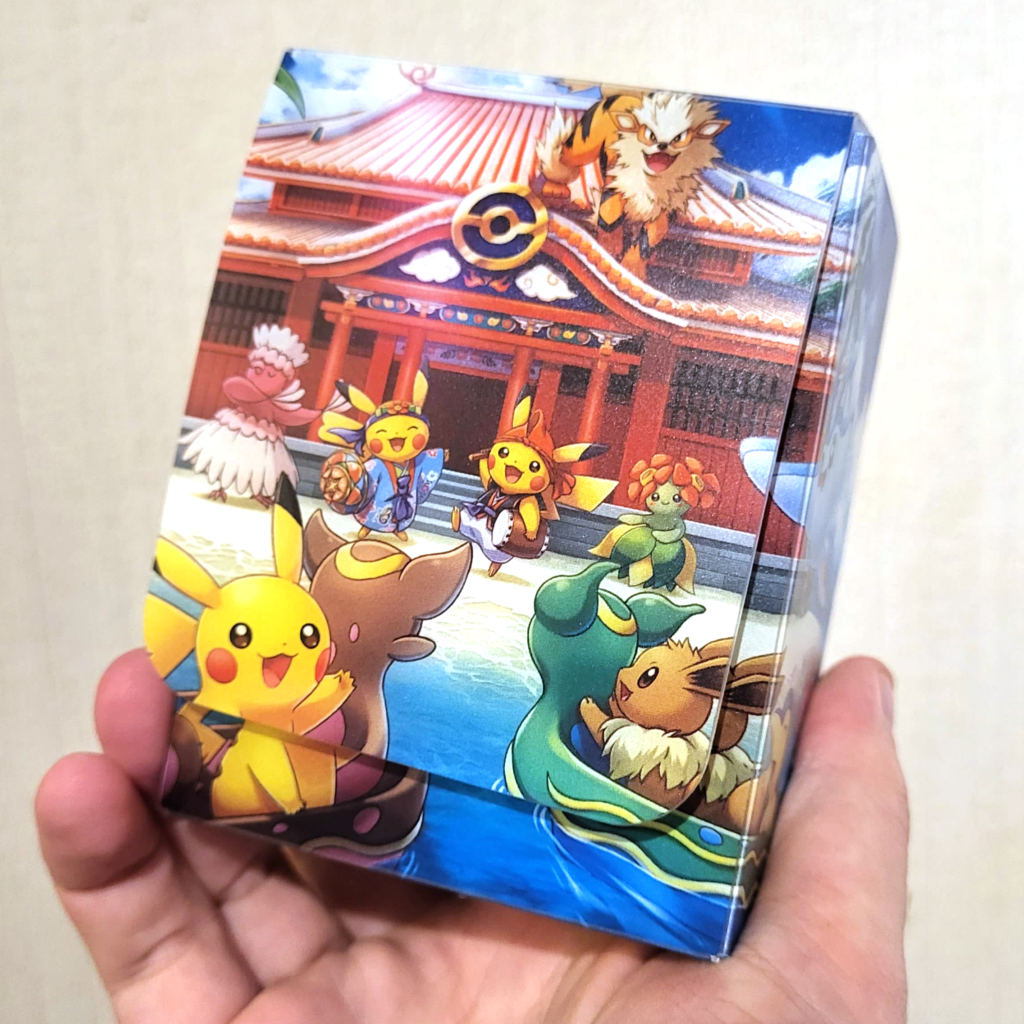
Once you’ve started your collection, you’ll need to keep your cards safe. It’s therefore essential to get items like deck boxes, binders and card sleeves to protect your precious cardboard. For cards that will get used in play, you’ll want to make sure they’re sleeved up to be protected from danger, and placed into a deck box. For your rarer cards, you’ll probably want to put them in a binder. These can also be useful for organizing your cards into an order.
Where to find Japanese TCG products?
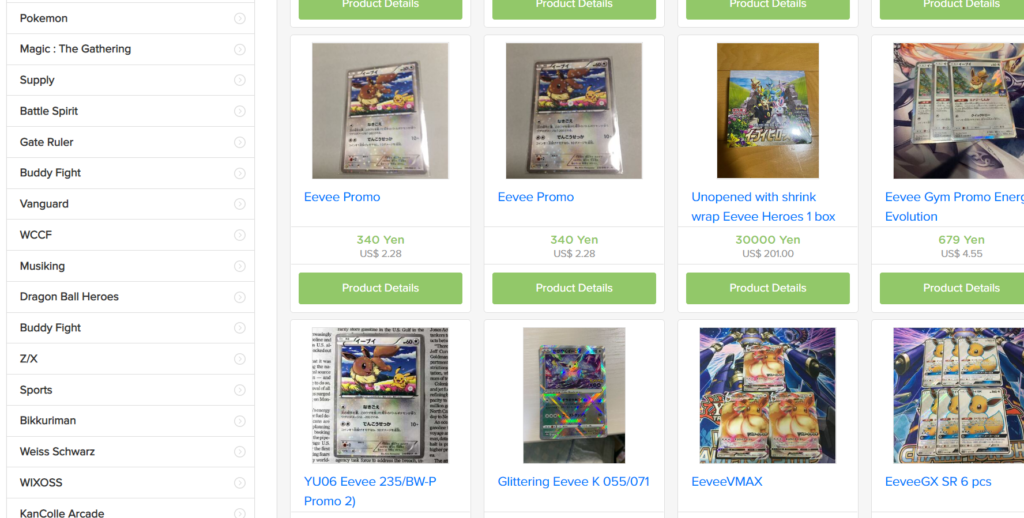
If you’re looking for places to buy Japanese TCG products – from single cards to booster boxes – there’s a chance we can help here at Neokyo. If you don’t want to spend hours trawling ebay, we offer a service that can be used to purchase items directly from a range of Japanese retailers and have the products shipped straight to your door.
Using our service dedicated to TCGs, Magi, you can find single cards from a wide range of card games. In addition, you can also find related products like deck boxes, binders, card sleeves and playmats. There’s a great deal of card-game related items that can only be found in Japan, such as custom deck sleeves with designs from your favourite media.
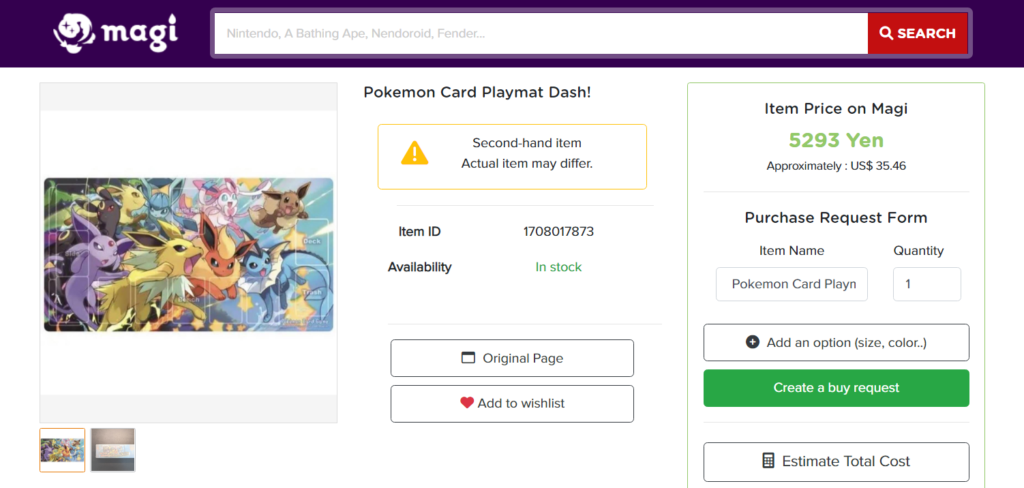
Outside of Magi, you can also see our other marketplaces on our Japan shopping service: Amazon, Rakuten, Yahoo Auctions and more. For the sites that sell second-hand items, you can often use these to find great deals on sealed products like booster packs or scour them to find excellent deals on pokemon card prices. If you’re looking for Japanese trading cards: we can help!
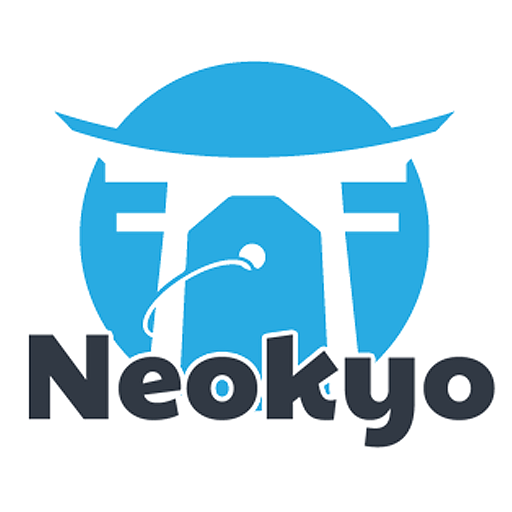


1 Response
[…] Japanese Trading Card Games: A Guide To Collecting & Pokemon Card Prices […]